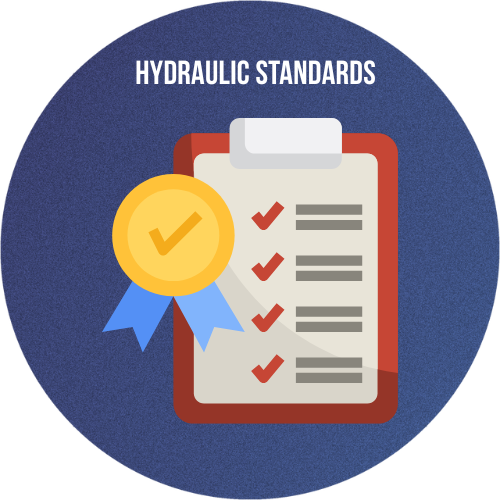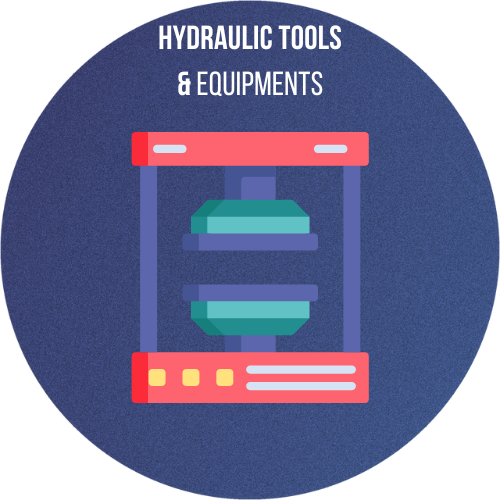Hydraulic Schematic Basics
Hydraulic Schematic Basics
Hydraulic schematic basics lay the foundation for understanding how hydraulic systems are visually represented and interpreted. These schematics serve as the blueprint for engineers, technicians, and maintenance teams to analyze, design, and troubleshoot hydraulic systems efficiently.
A hydraulic schematic diagram uses standardized symbols to represent components such as pumps, cylinders, valves, and fluid lines. These diagrams show how fluid flows through the system, which direction it takes, and how control elements interact. Reading a schematic properly requires understanding the difference between pressure lines, return lines, pilot lines, and external drain lines — all of which are depicted using unique line types and arrows.
Learning schematic basics also involves understanding how components are grouped into “function blocks” and how flow paths are controlled under different operating conditions. With proper schematic interpretation skills, users can prevent system failures, design more efficient circuits, and streamline hydraulic troubleshooting.
This topic is especially critical for beginners and intermediate-level professionals in industrial maintenance, mobile equipment repair, and fluid power engineering.


 HYDRAULIC BASICS
HYDRAULIC BASICS  HYDRAULIC COMPONENTS
HYDRAULIC COMPONENTS  HYDRAULIC SYSTEM
HYDRAULIC SYSTEM  HYDRAULIC SYMBOLS
HYDRAULIC SYMBOLS  HYDRAULIC STANDARDS
HYDRAULIC STANDARDS  HYDRAULIC CALCULATORS
HYDRAULIC CALCULATORS  HYDRAULIC TOOLS
HYDRAULIC TOOLS  BUYER’S GUIDES
BUYER’S GUIDES 
